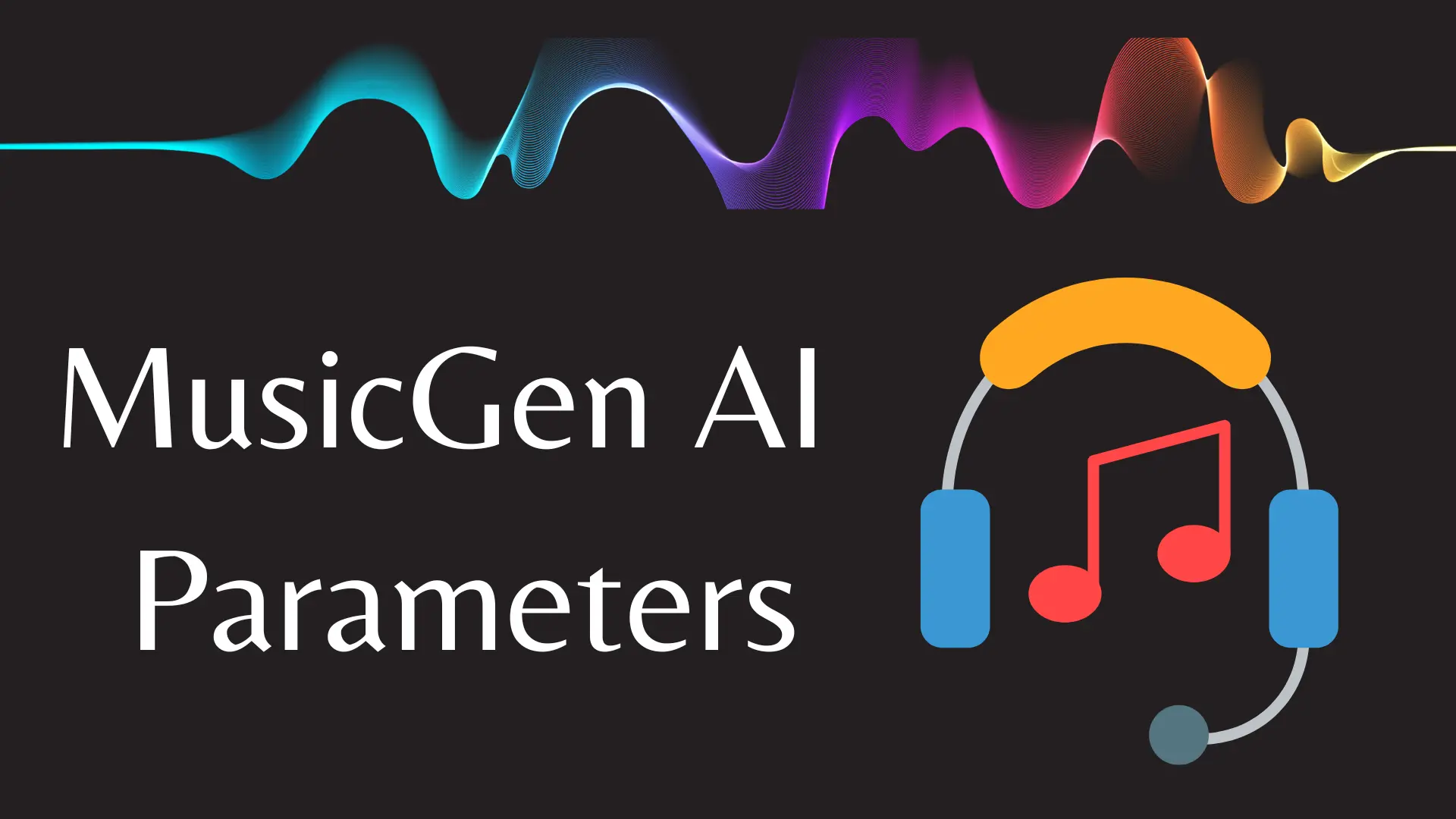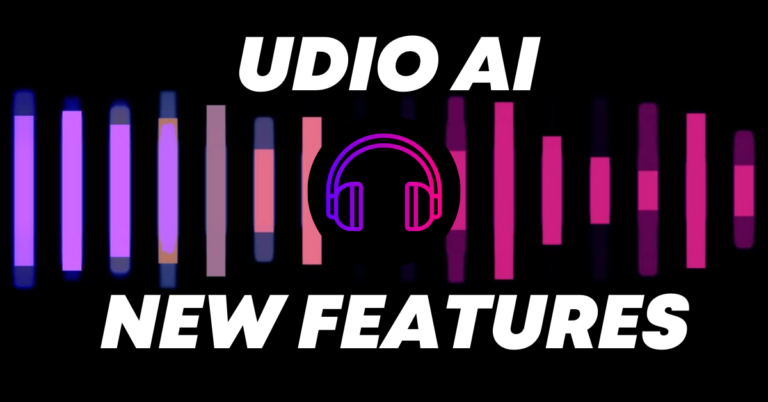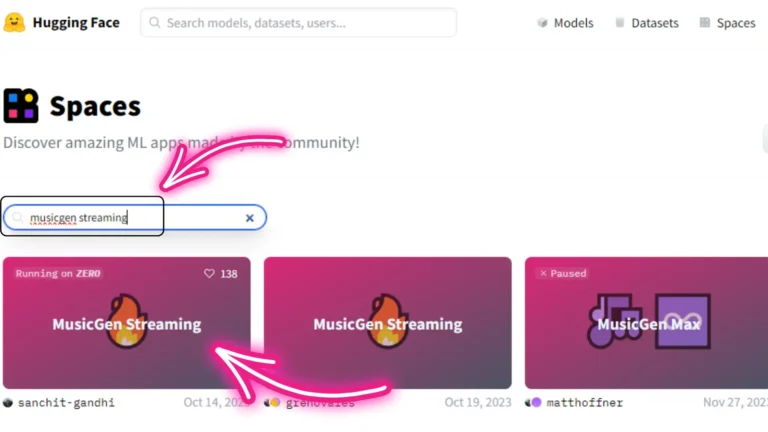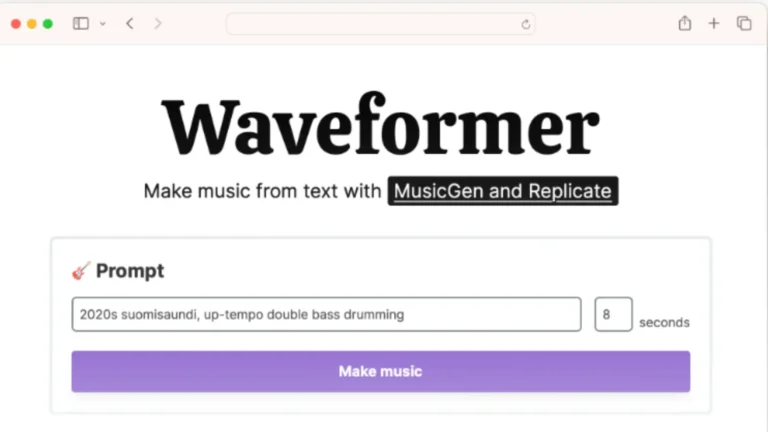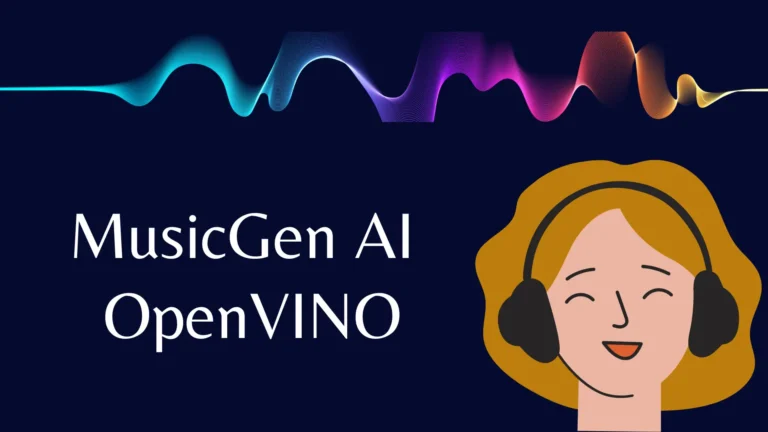MusicGen AI Parameters List 2024
As a passionate music enthusiast and a devoted user of MusicGen, I understand the exhilaration of creating unique musical compositions with just a few clicks. However, diving into the technicalities of MusicGen’s parameters can initially feel like stepping into Musicgen AI.
In this article, I aim to share my insights into these parameters, providing a firsthand guide to unlocking the full potential of MusicGen.
What you MUST write in the text prompt — Always
MusicGen incorporates several parameters that wield influence over the style, tempo, quality, and structure of the generated music.
MusicGen AI Parameters:
1. Top-k
Top-k, a pivotal parameter in text and music generation models influences the number of most probable next tokens considered during the generation process.
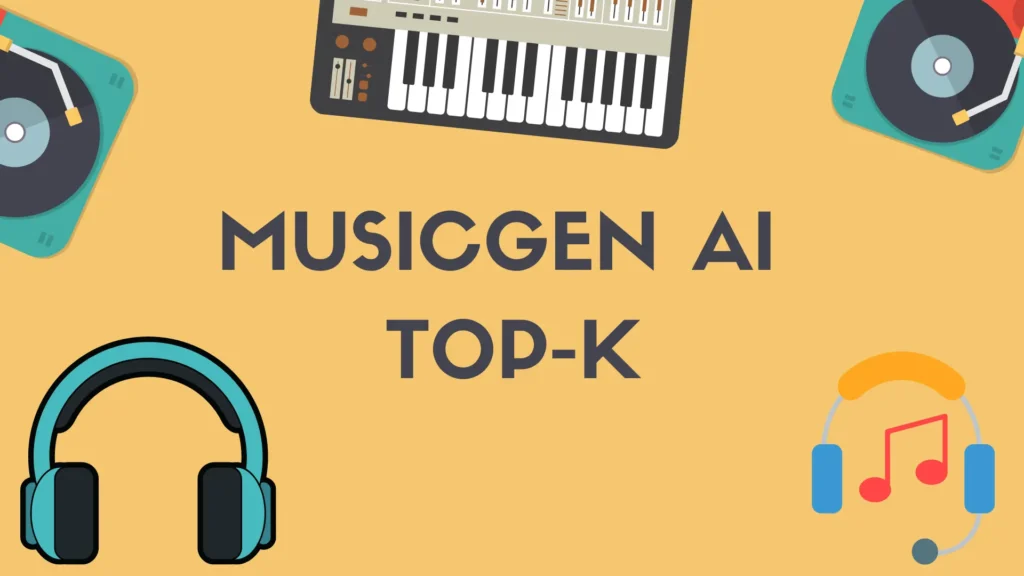
Adjusting the top-k parameter in MusicGen fine-tunes the balance between repetition and creativity, giving you control over the diversity in your musical output.
2. Top-p (Nucleus Sampling)
Top-p, also known as nucleus sampling, introduces a nuanced approach by considering the cumulative probability distribution of ranked tokens.
Implementing top-p in MusicGen ensures a delicate balance between diversity and coherence, allowing you to vary the number of tokens considered based on their probabilities.
3. Temperature
The temperature parameter in MusicGen is a key factor in controlling the randomness and creativity of your generated music.
By adjusting this parameter, you can tailor the level of creativity and coherence in your composition, providing a spectrum from structured to experimental outputs.
4. Classifier-Free Guidance
An advanced technique in some music generation models, including MusicGen, Classifier-Free Guidance involves training a separate classifier network to recognize specific musical characteristics or styles.
This empowers you to guide MusicGen in capturing desired attributes, enhancing the versatility and adaptability of the music generation process.
Read Also:
Beats Per Minute (BPM)
The Beats Per Minute (BPM) parameter acts as the heartbeat of your composition. It defines the tempo or speed of the music, allowing you to tailor the energy and mood. Dance tracks groove at around 120 BPM, while ballads find their rhythm between 90–100 BPM.
Adjusting this parameter in MusicGen enables you to set the pace, ensuring your composition resonates with the desired genre and emotional tone.
Audio Quality (kbps and kHz)
The quality of sound is paramount in music generation. MusicGen provides two crucial parameters, “kbps” (kilobits per second) and “kHz” (kilohertz), which determine the audio quality. Higher values, like the default 320kbps and 48kHz, deliver a rich and clear sound.
Yet, the choice of audio quality depends on the genre; sometimes, a touch of lower quality (e.g., 64kbps and 16kHz) can infuse a vintage or nostalgic vibe into your composition.
Time Signature (4/4, 3/4, 5/4, etc.)
Diving into musical theory, the time signature parameter in MusicGen shapes the rhythmic structure of your creation. Whether it’s the steady 4/4 commonly found in pop songs or the flowing 3/4 in ballads, MusicGen empowers you to choose a time signature that aligns with your desired genre and mood.
Final Words
MusicGen’s parameters act as the maestro’s baton, conducting the symphony of your musical imagination. Understanding these parameters allows you to tailor MusicGen capabilities, bringing diverse musical visions to life.
Demi Franco, a BTech in AI from CQUniversity, is a passionate writer focused on AI. She crafts insightful articles and blog posts that make complex AI topics accessible and engaging.
